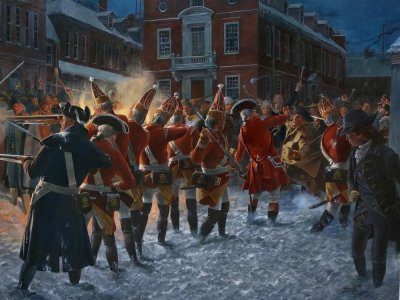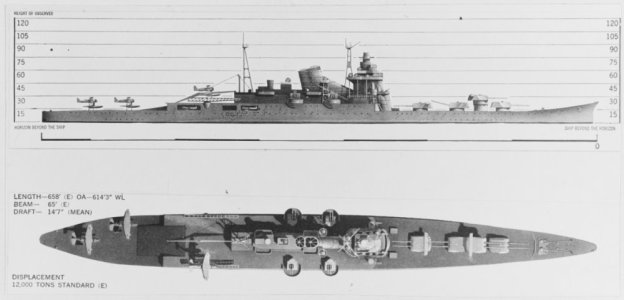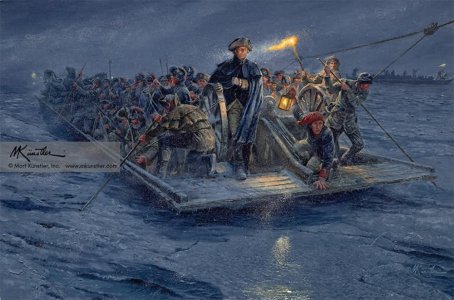On the evening of March 5, 1770, Private Hugh White of Major Pierce Butler’s Battalion Company, His Majesty’s 29th Regiment of Foot, stood guard at the sentry box located before the Customs House in Boston. A “bright moon-light” sky illuminated the snow covered landscape before him, including the majestic brick Town House, the seat of English colonial government in Massachusetts.
Town House square was relatively quiet at 8 o’clock. Fate would intervene when Bartholomew Broaders and Edward Garrick, two teenage apprentices from Piedmont’s barber shop, escorted Ann Green, daughter to customs official Bartholomew Green, and the family’s maid, Mary Rogers, to their residence at the Customs House. Having bid their companions goodnight, the boys encountered Lieutenant-Captain John Goldfinch of the 14th Regiment of Foot. Recognizing the officer from his master’s shop, Garrick began taunting him with insults for not paying his bill. Knowing he had already paid it, Goldfinch shrugged off the incident and walked away. This incensed Private White who approached the boys to defend the officer’s reputation. When Garrick continued with his verbal assaults, White reprimanded the boy with a strike to the head with his firelock. This sent Garrick running away in tears. In response, a “motley rabble of saucy boys, negroes and molattoes, Irish teagues and outlandish jack tarrs” began filling Town House square. Swelling in number and armed with clubs and staves, they forced Private White against the Customs House door. Fearing for his life, he loaded his firelock and pleaded for the Main Guard to come to his assistance.
Town House square was now in a state of chaos. Snowballs, some oyster shells, multiple insults, and taunts of “Fire, why don’t you fire!” filled the air. Church bells began ringing. Additional residents emptied into the streets with fire bags and buckets believing a fire alarm had been called. Corporal William Wemms of Captain Ponsomby Molesworth’s Battalion Company, dressed in a surtout, forced his way through the angry mob and led a guard of six men from Captain John Corrance’s Grenadier Company to relieve the sentry. These soldiers included William Warren, the tallest, William McCauley, Matthew Kilroy, John Carroll, James Hartigan and Edward (Hugh) Montgomery. Reaching Private White, they formed a semi-circular line that allowed him to fall in next to Corporal Wemms. Unable to escape to the main guard house, they stood their ground with their bayonets leveled until Thomas Preston, Captain of the Guard, managed to reach them.
Seeing an officer in front of his men, Richard Palmes, a local merchant clothed in a cloth colored surtout, approached Preston. Placing his hand on the officer’s shoulder, he inquired if his men were loaded. Preston replied “with powder and ball”. Andrew, “a Negro Servant to Mr. Wendell”. was so close that he could hear their conversation. So was Jane Whitehouse. She later recalled that the “Centinal - then pushed me back. I step'd back to the corner. He bid me go away for I should be killed.” Another woman near Royal Exchange Lane engaged the “second Soldier from the right” in brief conversation.
Not all the inhabitants were so peaceful. Benjamin Burdick, constable of the Town House Watchmen, carried with him a Scottish broadsword that evening. Having had a bayonet pushed towards him, he later recalled “ I should have cut his head off if he had stepd out of his Rank to attack me again”. Instead, he struck the firelock of the “4th soldier from the corner” with all his might. As the crowd grew more and more agitated, a man in “blue or black plush trimd with gold” was seen walking back and forth behind the soldiers encouraging them to fire.
In a hail of flying ice and sticks, a shot rang out near Royal Exchange Lane. Someone screamed “Fire!” and Crispus Attucks, a mulatto sailor from Framingham, fell. Having witnessed the perpetrator fire, Richard Palmes struck Private Hugh Montgomery with his club. Knocking the firelock from his hands, he turned and hit Captain Preston across the arm as his right foot slipped in the snow. More men continued to fire as Montgomery recovered his firelock. Matthew Kilroy took aim at Samuel Gray, shooting the ropemaker through the head. When his body was recovered, his round hat laid by his side.
After the smoke cleared that cold winter’s evening, blood spattered the snow. Three men lay dead, a man and boy lay mortally wounded, six men were taken away to recover from their wounds and a day of infamy was recorded in the annals of American history.
Gregory S. Theberge, D.M.D.
For additional reading .
Boston Massacre - Wikipedia
Prints are available from:
TBM - The Boston Massacre, March 5, 1770
The large original of this will be in my exhibition net year at the Museum of the Revolution. 20 large paintings and 20+ figure studies.
https://www.amrevmuseum.org/exhibit...KLEd9todn0PqSo5FrEcbbp4YZTvtgsv7artGaXBDgA_cA





